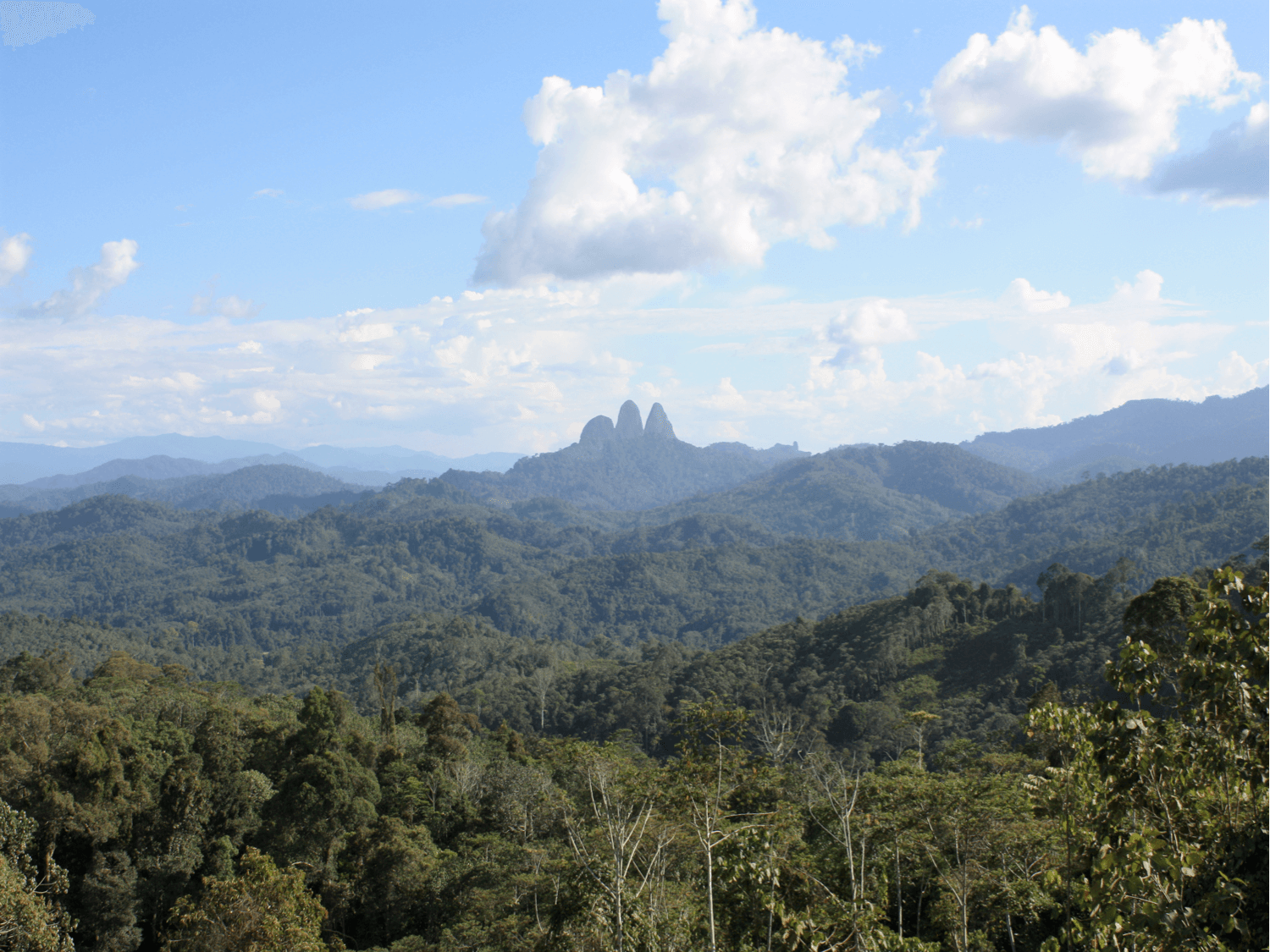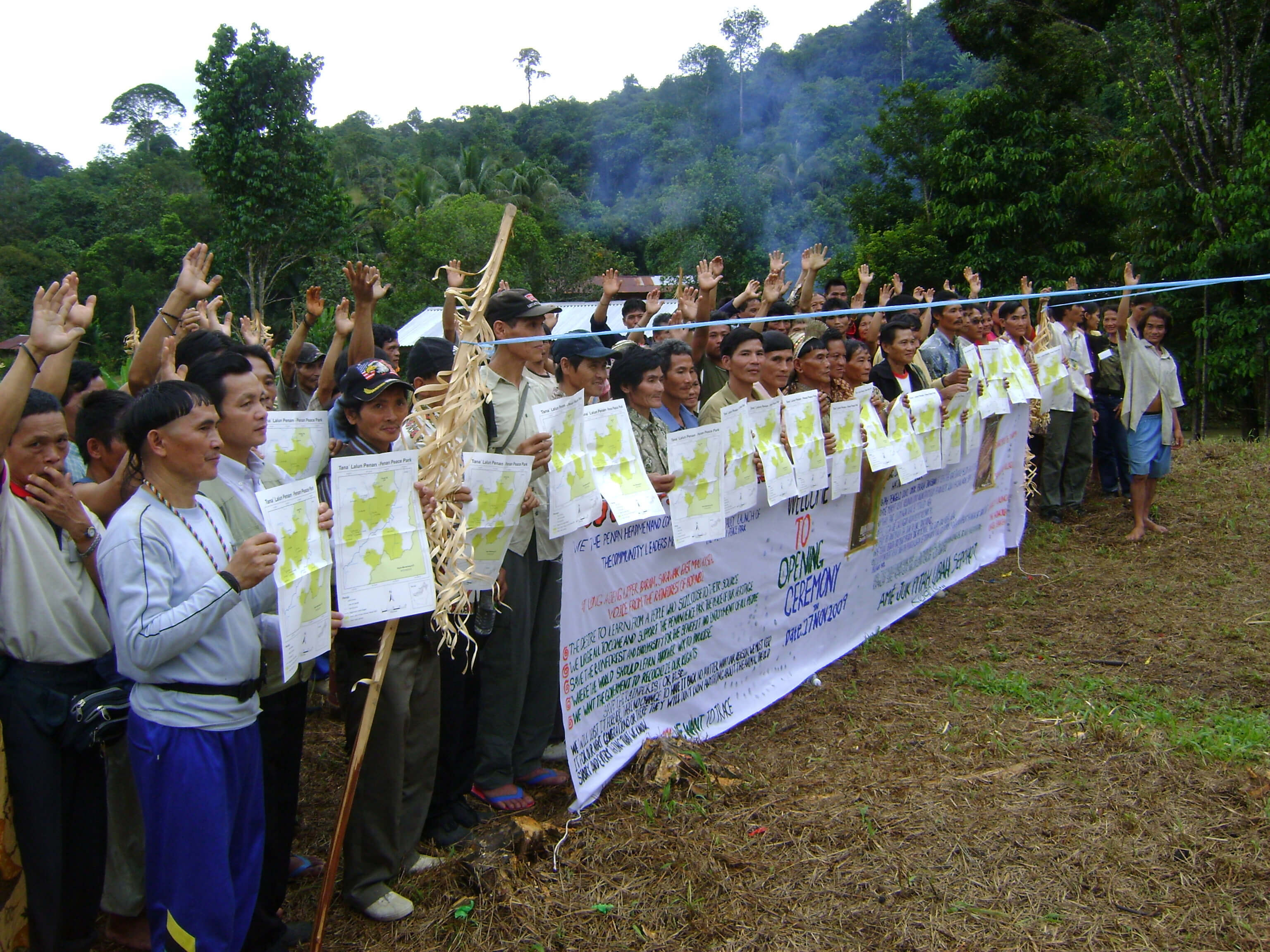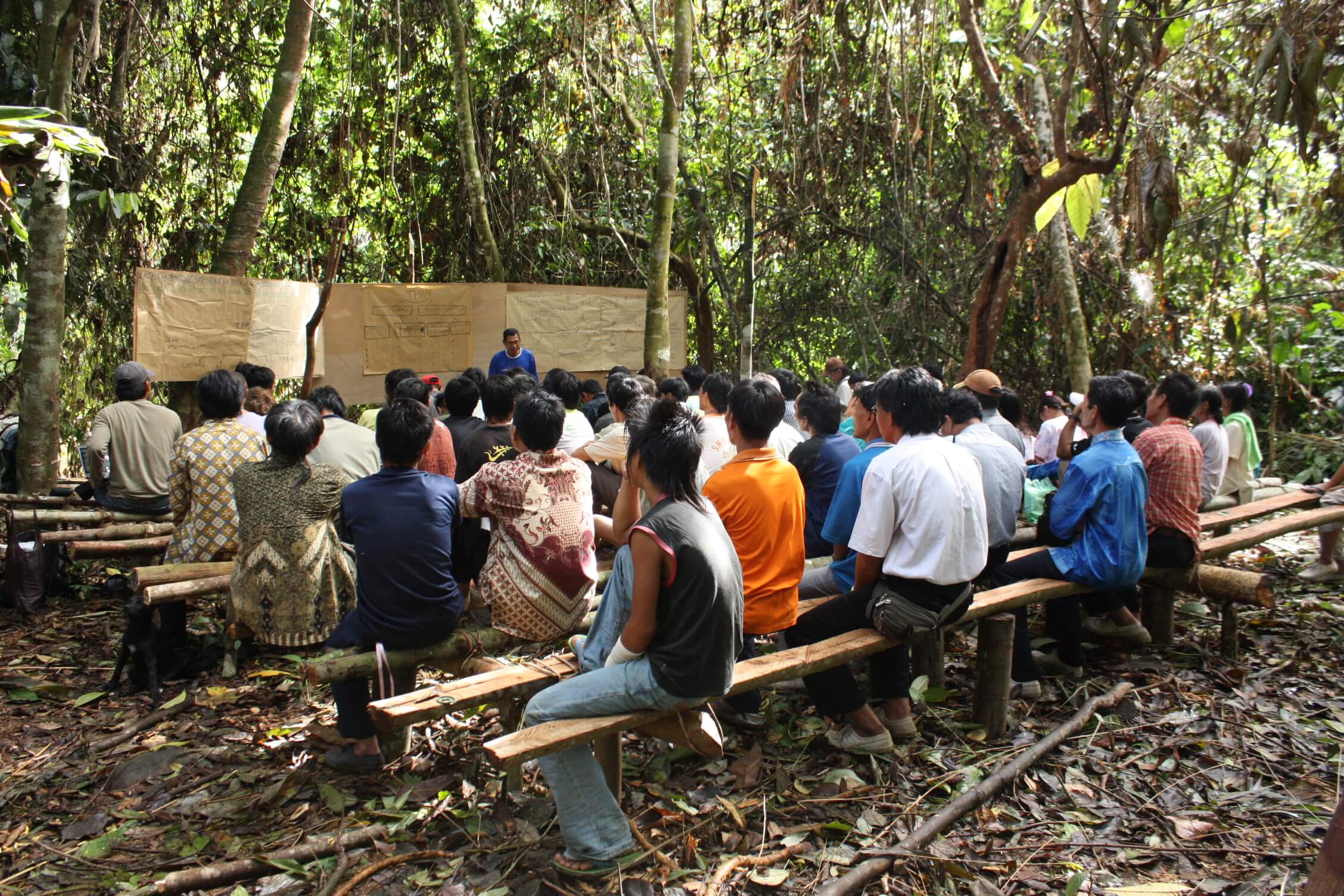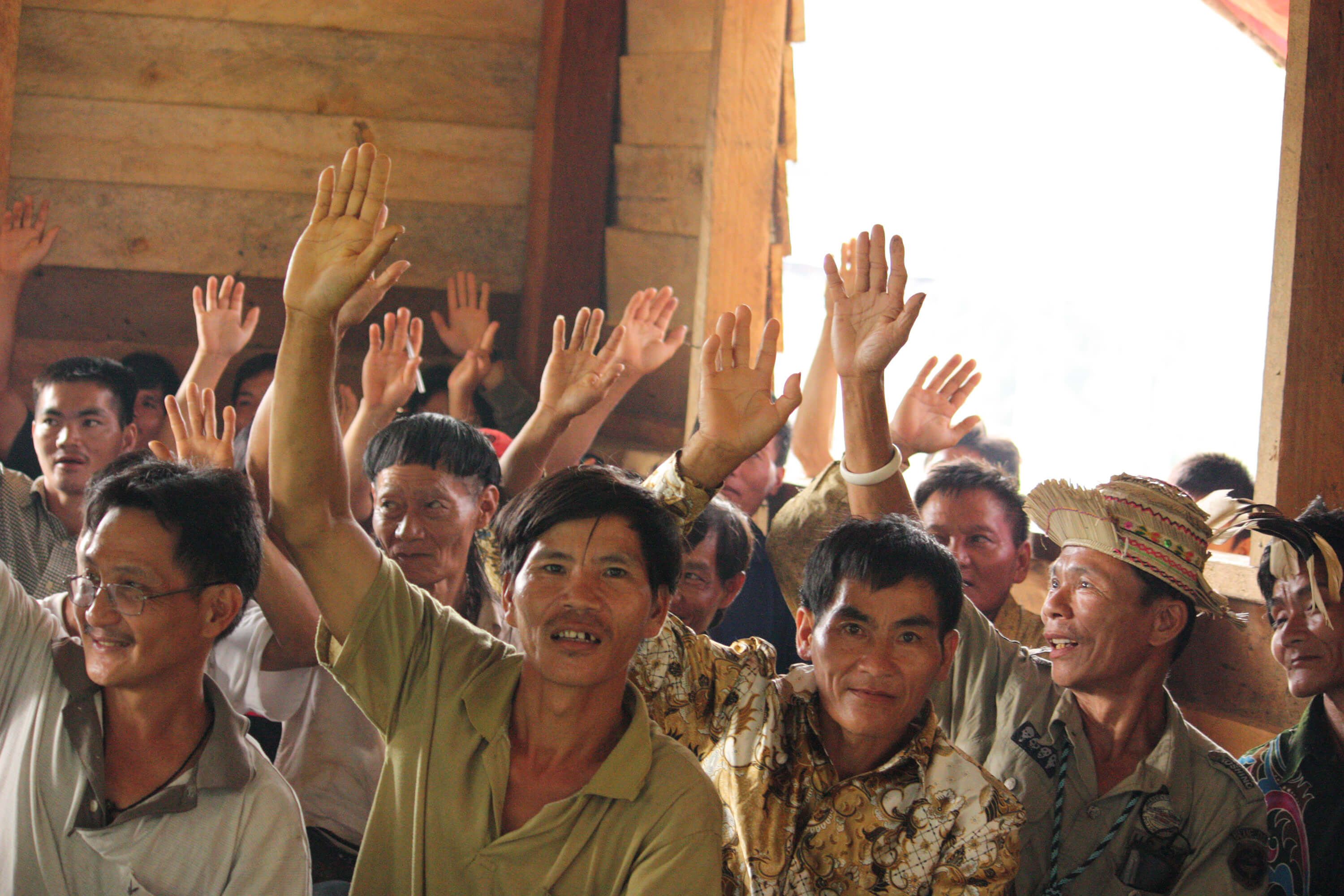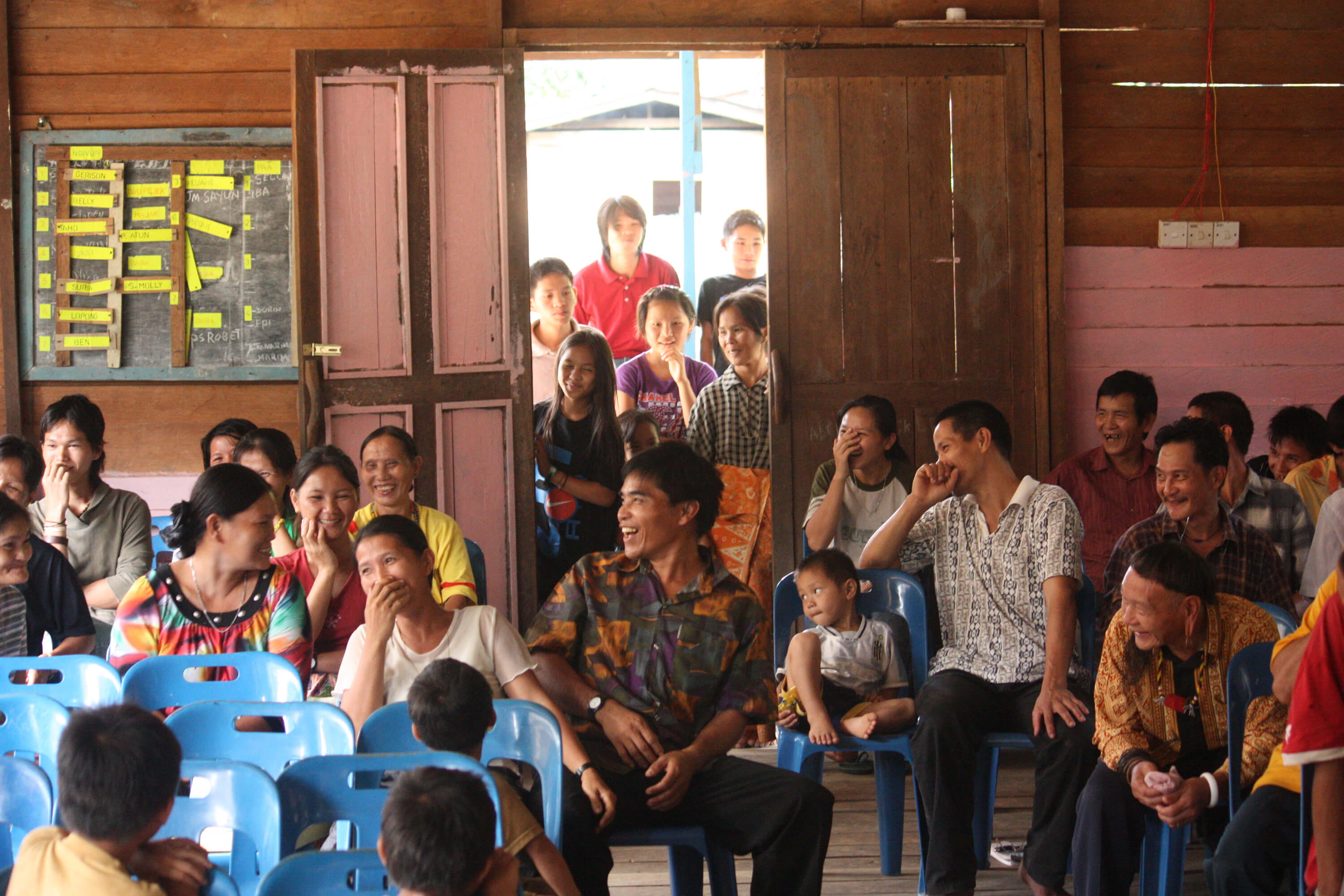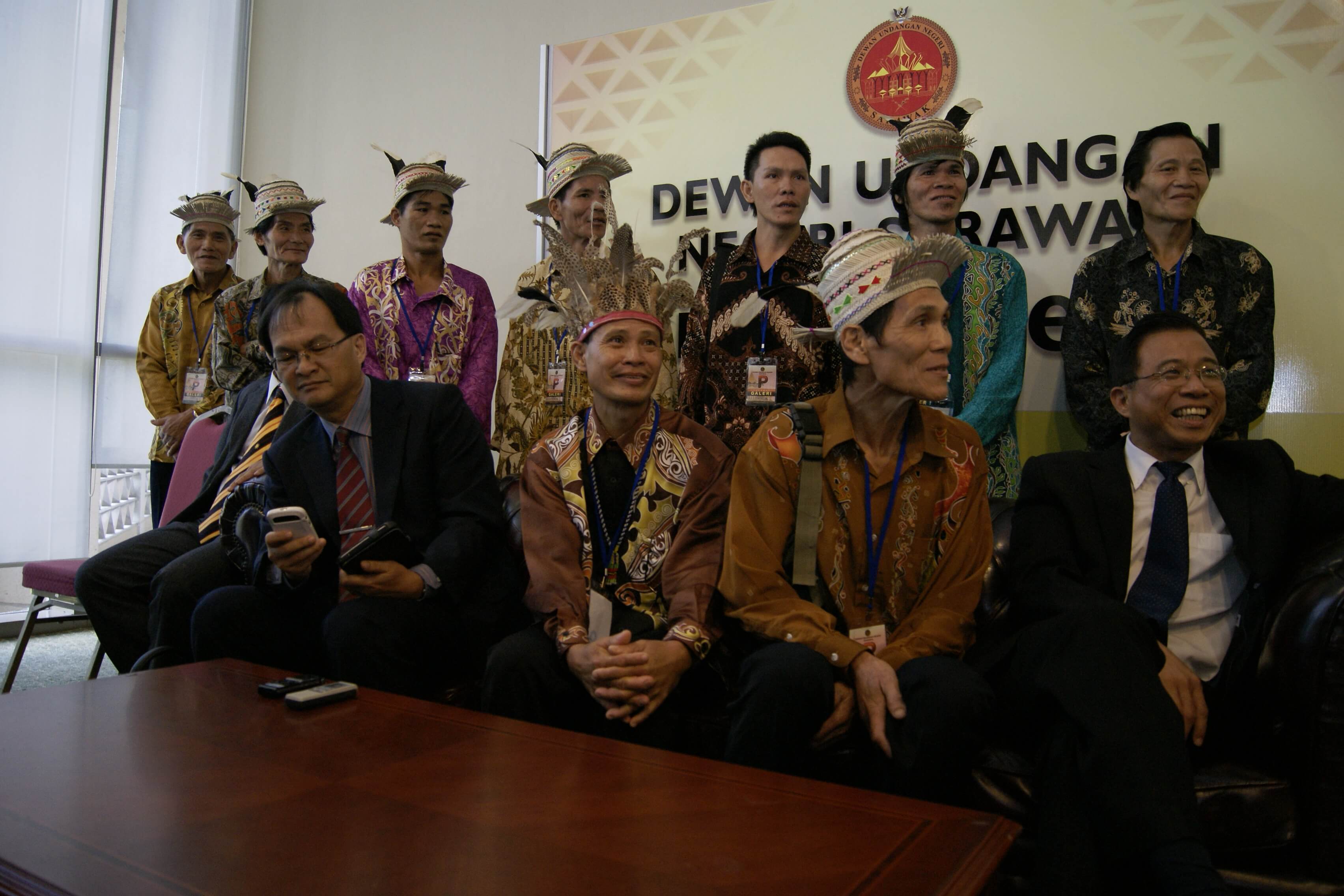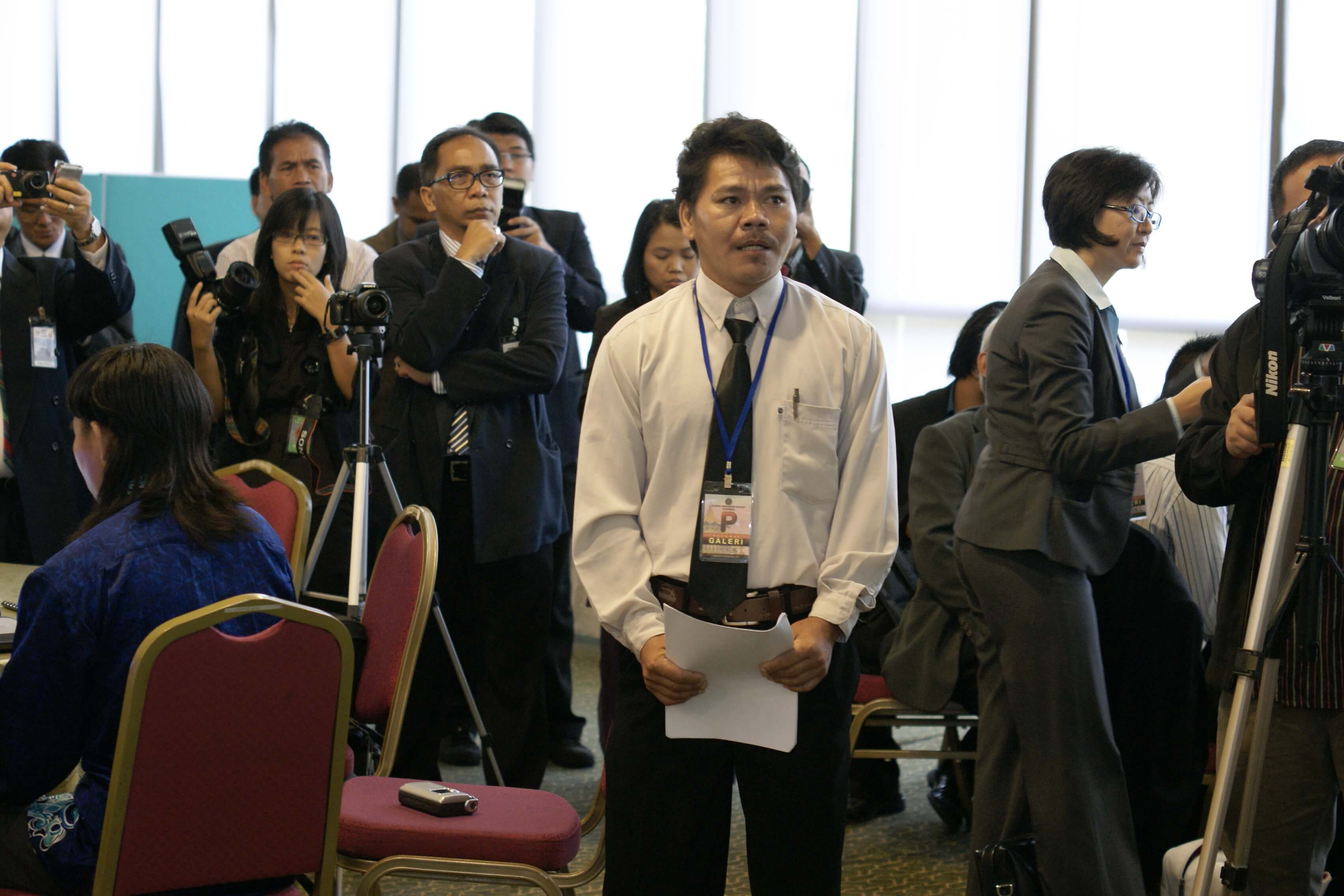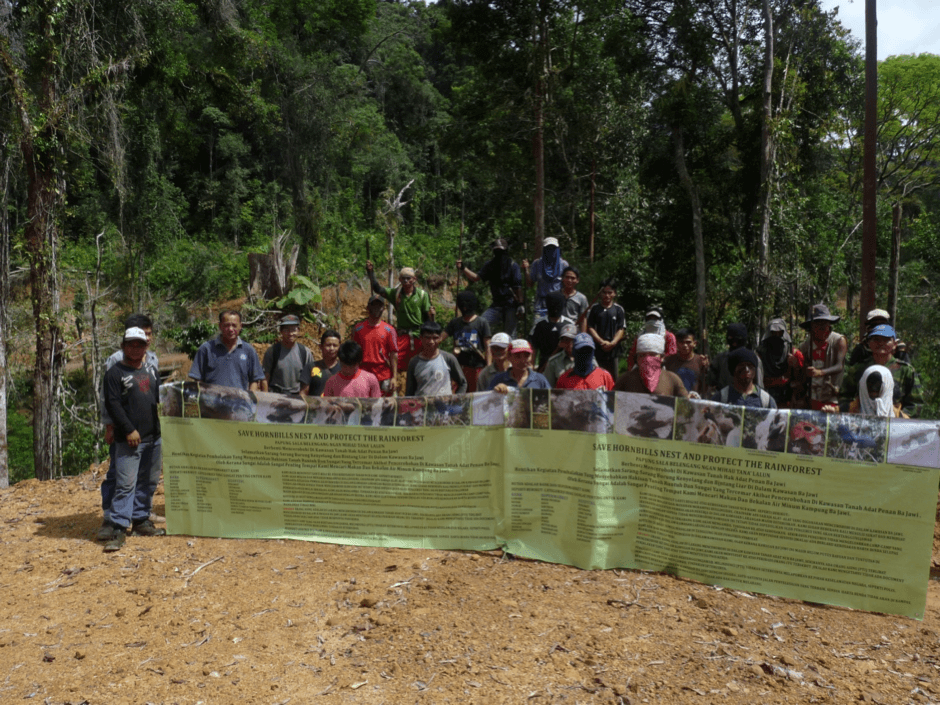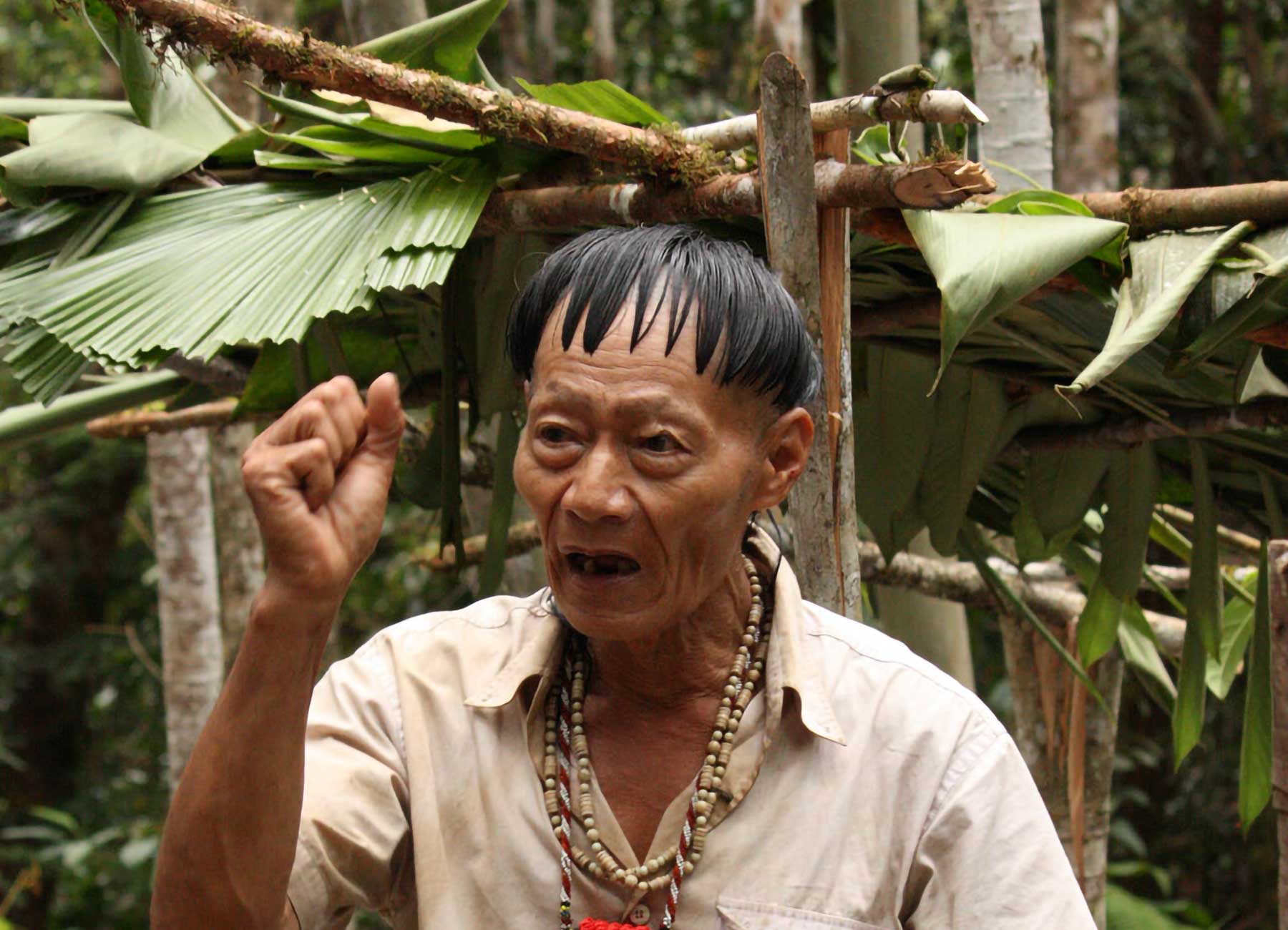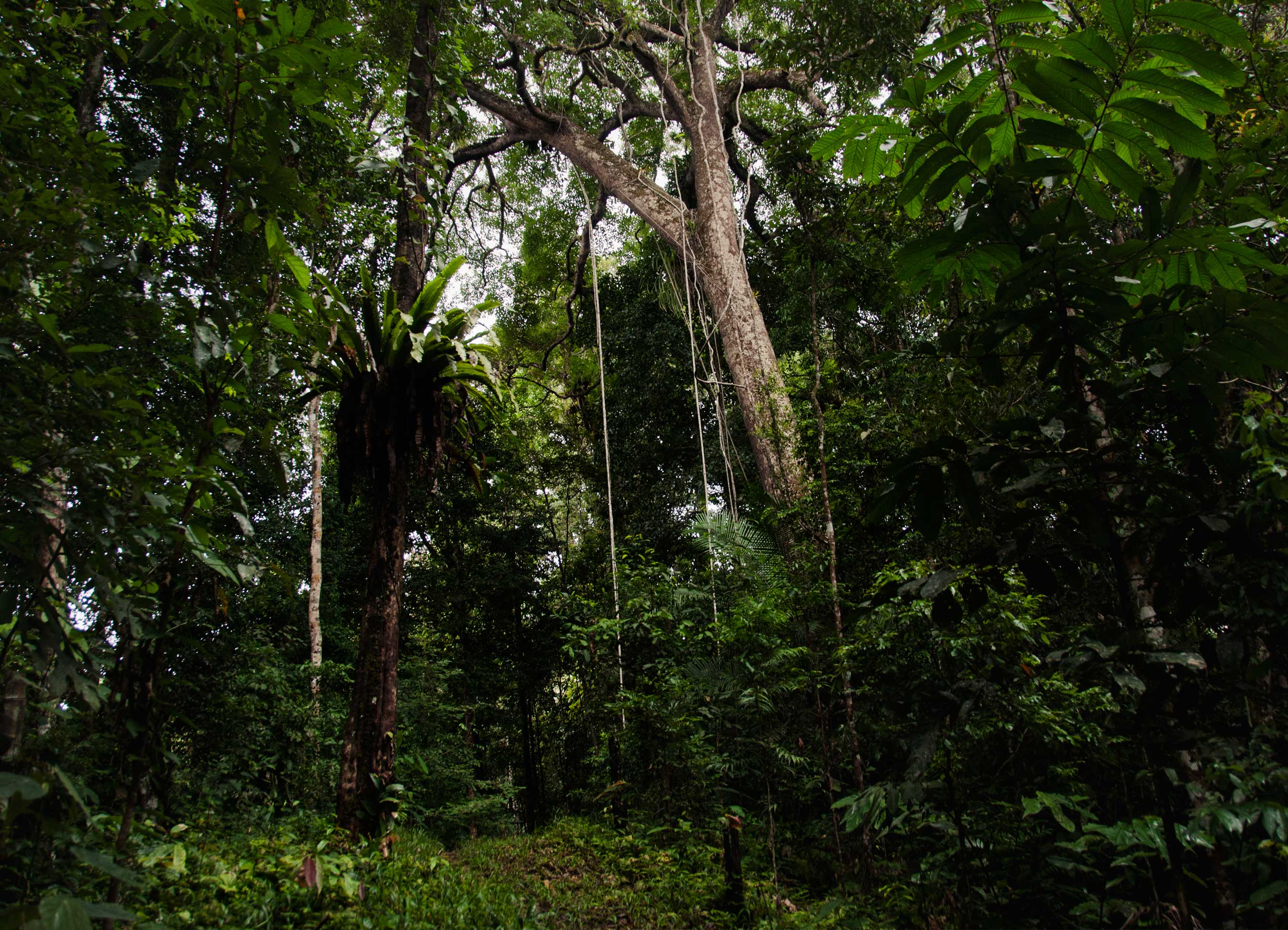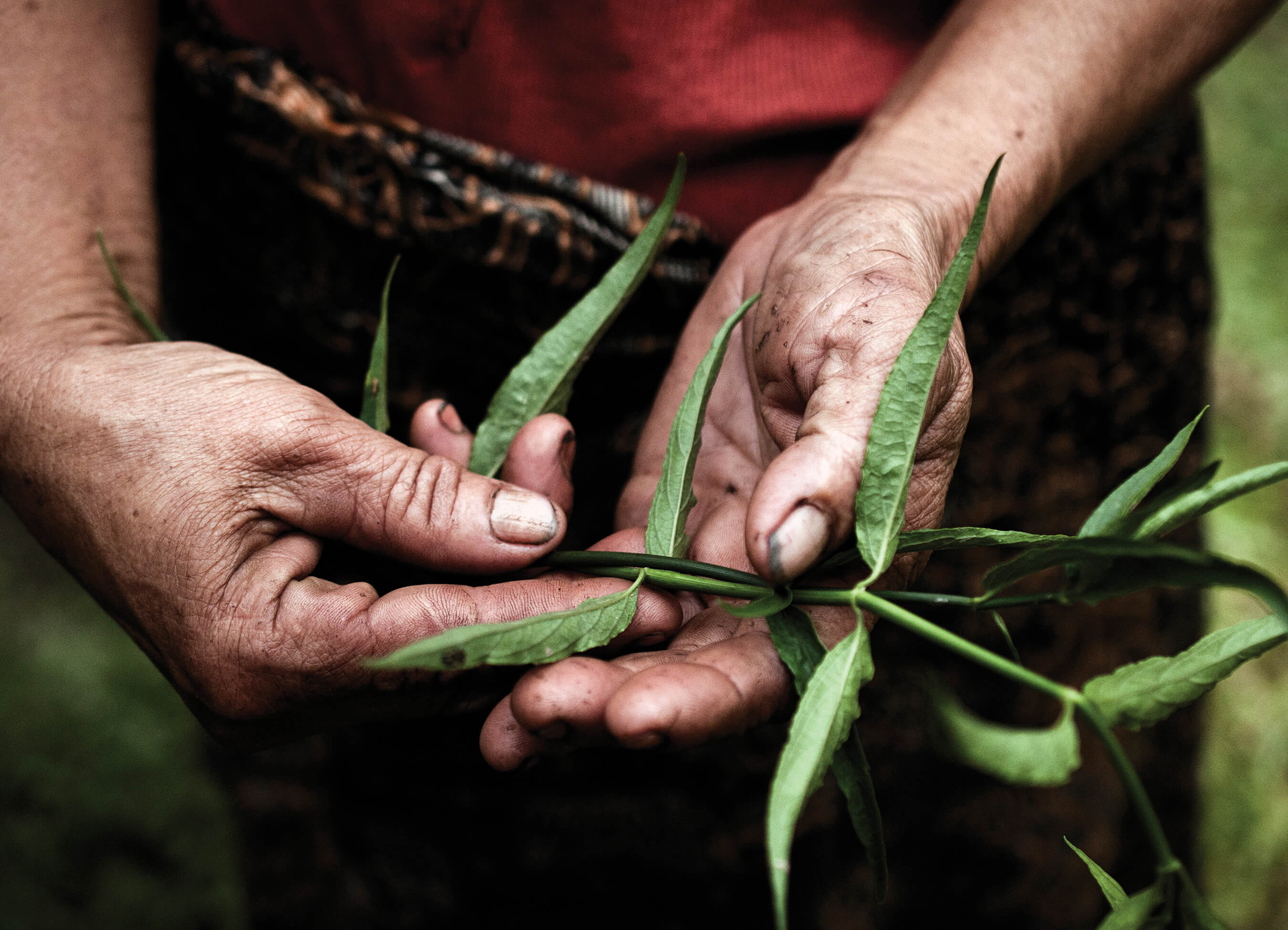
The Baram Peace Park
Together with the Bruno Manser Fonds, the Penan came up with the idea of a rainforest park in the north of Sarawak in 2009. The idea has been taken further since then, with the neighbouring ethnic groups of the Kenyah, Saban and Kelabit now also involved. Protection of the rainforest is to go hand in hand with sustainable income opportunities and indigenous rights, and the villages will be actively participating in the shaping and administration of the park. Negotiations between the Sarawak government and the villages have been underway since 2017.
The idea
It was in 2009 that 19 Penan villages conjured up the vision of the Baram Peace Park – under the name of Penan Peace Park back then – with the aim of protecting the forest against logging while also protecting their land rights. While the project originally met with rejection from the government, the situation suddenly changed in 2014 when Sarawak's then head of government, Adenan Satem, surprised everyone by expressing his clear support for the protection of the forest and giving his backing to the idea of the park. Today, not only the Penan but also Kenyah, Saban and Kelabit villages form part of the park, which is aiming to cover an overall area of 2800 km².
The central pillars of the park are the protection of nature and the cultural heritage, sustainable economic development, the right to self-determination, and participation in decision-making. The economic needs of the local population must also be taken into account if a nature conservation project is to prove successful. Protection of the rainforest and indigenous co-determination are not mutually exclusive.
Negotiations with the government have been underway since 2017. The local organisations of Keruan and SAVE Rivers are conducting negotiations with the government regarding the detailed structure of the park. The Bruno Manser Fund is accompanying the process. Regular consultations in the villages are also aimed at ensuring that the interests of all the villages involved are respected.
4 Key pillars of the project
The Baram Peace Park is committed to four principles and project areas that constitute basic prerequisites for the establishment of a park in the region:
1. Protection of nature
Borneo has some of the richest and at the same time most endangered rainforest in the world. Sarawak's remaining primary forest is only one tenth of its original size. The 2800 km² area covered by the Baram Peace Park takes in one of the last contiguous primary forests in Sarawak. The indigenous way of life is still highly dependent on intact forests. These primary forests are to be preserved, and the secondary forests should also be allowed to recover through sustainable agricultural practices and good management.
2. Protection of the cultural heritage
The indigenous peoples of the Upper Baram region have a rich culture. This is handed down from generation to generation in the oral tradition. The villages are anxious not to lose their traditions and language but to keep them alive and to document them through exchanges with other villages and the younger generations.
3. Sustainable development
In order to be able to use the rainforest in a sustainable way, alternative sources of income are being developed, such as tourism and sustainable farming. What is at stake is to offer an alternative to an economy based on deforestation and plantations and to promote sustainable projects.
4. Indigenous participation
The right of the indigenous population to give their prior, free and informed consent is a fundamental principle of the park. The participation of the indigenous people is not to be limited to a simple yes or no, however. Their wishes are to be channelled into shaping the project. The indigenous villages are to be involved in decisions at all stages of the project and are also to be integrated in the administrative structures.
Significance of the Baram Peace Park
The Baram Peace Park is not only of importance for the Penan, the Kenyah, the Kelabit and the Saban but is also a pioneering project for the Malaysian federal state of Sarawak as a whole, in that it symbolises an alternative vision for it. The reputation that Sarawak has built up for itself in the past is one of environmental misdeeds and disregard of the rights of its indigenous population. The Baram Peace Park is setting out to prove that environmental protection, economic prospects and indigenous rights are all compatible with one another.
